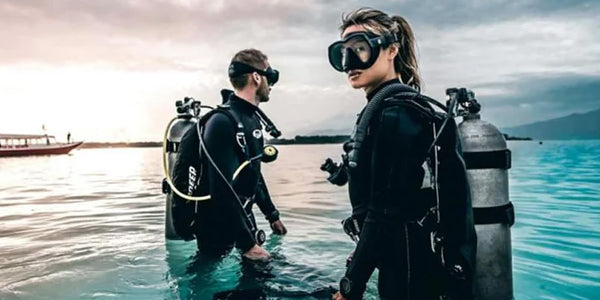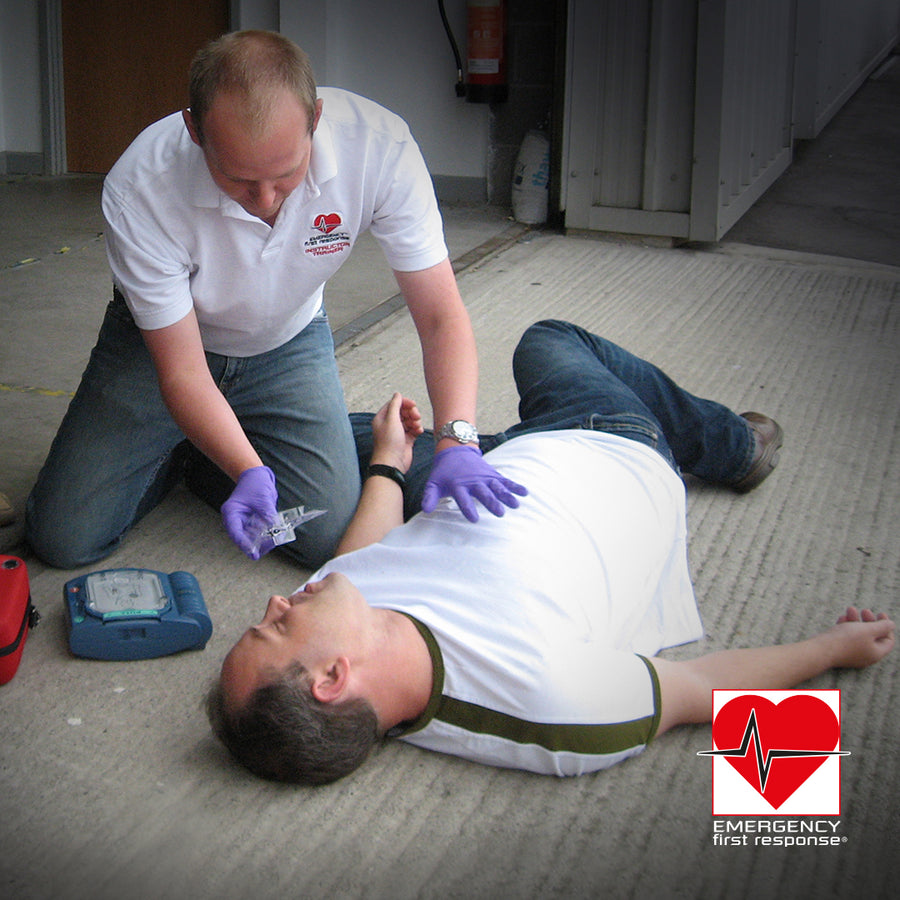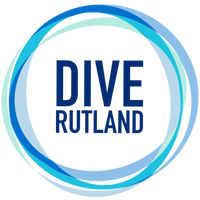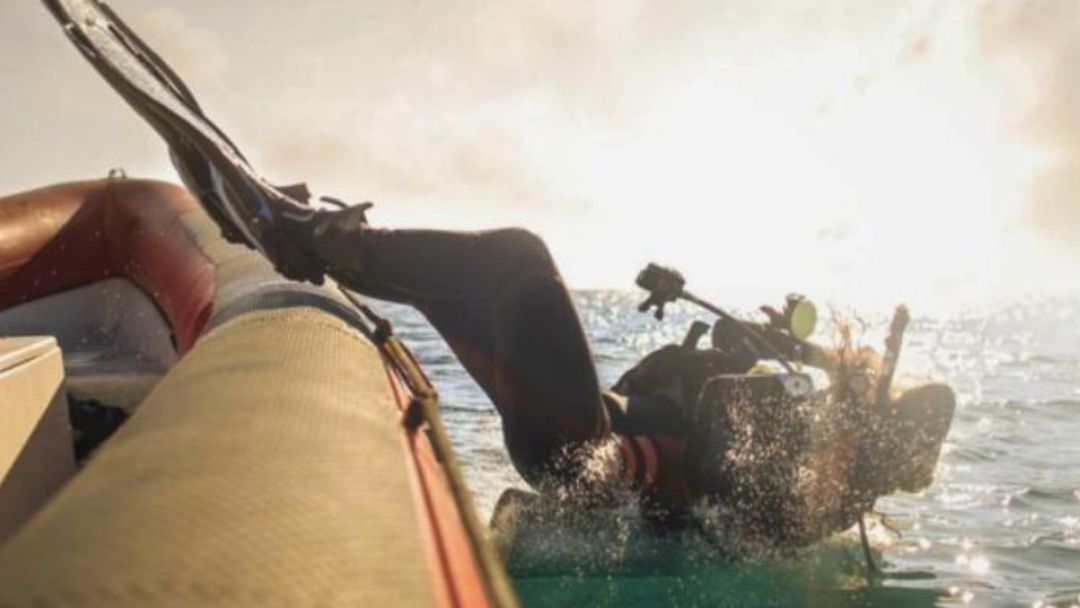Diving Computer Algorithms
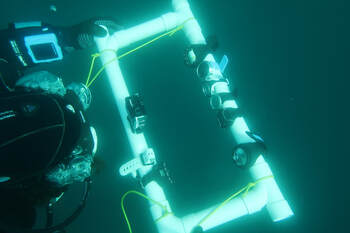
At the heart of every dive computer is an algorithm and there are various different algorithms in use across the various manufacturers.
The algorithms work out your Nitrogen loading based on your dive profile but they won't give the same results as one will be more conservative than others. Because of this if you're diving with a computer different to your buddy you can be waiting around for them to end a safety stop or forced to ascend because they are reaching their No Decompression Limit (NDL) faster than you are.

Bühlmann
This algorithm was created back in the 1960's by a Swiss physician Dr. Albert A. Bühlmann, and, at the time of publication (1983), was regarded as the most complete public reference on decompression calculations. Building on the previous work of John Scott Haldane, the researcher modeled the human body as a number of theoretical tissue compartments, which absorb (on-gas) and exude (off-gas) inert gases at different rates. Bühlmann also used the concept of half time, however, unlike that of Haldane, Bühlmann’s algorithm considered 16 tissues with half-times up to 635 minutes and introduced factors that attempted to model the variation of supersaturation limit with depth. Several versions of the Bühlmann algorithm have been developed over the years and adopted by many dive computer manufacturers. The naming convention used to identify the algorithms is a code starting ZH-L, from Zürich (ZH), limits (L) followed by the number of tissue compartments, and other unique identifiers.
The Diving Science and Technology (DSAT) Model
This algorithm is based on the studies that were used to develop the PADI Recreational Dive Planner (RDP) which was relied upon by thousands of divers around the world. Until the mid-1980s, the US Navy tables were the industry standard in dive decompression theory. Based upon their research and empirical observations the Navy made revisions to the tables previously developed by Haldane and tested the new tables with US Navy divers. Subjects were all male in their 20’s and 30’s and reasonably fit. The test criteria were bends/no bends. As a result, six tissue compartments were used with the slowest halftime of 120 minutes. When scuba diving began to emerge as a popular activity, however, it became apparent that certain modifications needed to be made. In 1983, Dr. Raymond Rogers began analyzing the US Navy tables and compared them to the needs of recreational diving and the latest findings by decompression physiologists. He found that the US Navy tables had several disadvantages for recreational divers. First, more recent data showed that the US Navy no decompression limits were perhaps a bit too generous for civilians diving for fun since the test group of the USN didn’t reflect recreational divers who include females and people of all ages.
Secondly, the 120 minute half time used for surface interval credit, while appropriate for decompression diving, seemed excessively conservative for recreational divers making only no-decompression dives. Following this dive decompression theory research, Rogers, with the help of DSAT, went onto developing the PADI Recreational Dive Planner. The most significant decompression theory change was the choice of a 60-minute halftime compartment as the basis of repetitive diving. As a result of this, the RDP gives about twice as much surface interval credit. In addition to that, tests done using Doppler ultrasound flowmeters showed that silent bubbles often formed at USN table limits, so Dr. Rogers concluded that tables for recreational divers would have somewhat shorter no-decompression limits for single dives.
Haldane / Spence Algorithmn
The PADI tables that were developed by Rogers and Powell are based on this model as well as being used by Oceanic and Sherwood in their diving computers.
Modified Haldanian Algorithm
This was a model that was originally used by Mares and some updates to the original Haldane/Spencer Algorithm.
Reduced Gradient Bubble Mode (RGBM) Algorithm
The RGB Model is based in part on Wienke and Hamilton’s research and work. The first dive computer manufacturer to incorporate this model was Suunto. In the meantime it’s used by nearly every manufacturer. This model considers micro bubbles in the blood stream coming from the nitrogen build-up. The thought behind it is that these micro bubbles are the starting point of larger bubbles which then lead to DCS (decompression sickness).
The Suunto RGBM Heritage
At the heart of every Suunto dive computer is the reduced gradient bubble model (RGBM) algorithm – that calculates decompression for a dive. Relentlessly pursuing ever better models for divers of all types, Suunto continues to push for RGBM perfection. Suunto has been developing RGBM algorithms together with Dr. Bruce Wienke for well over a decade. A rich history full of science, development, and underwater experience lies within every Suunto dive computer.The Suunto RGBM pioneering algorithm for managing dissolved and free gas in blood and tissue, this adaptable algorithm provides an accurate picture of what’s happening in the body throughout a dive.
- First on the market to implement leading scientific research in decompression modeling.
- Reliability proven by millions of successful dives.
- A pioneering effort reflected in many other dive computers on the market.
An advanced algorithm that provides flexibility and safety during ascent through continuous decompression. Created especially to meet the needs of technical divers, it eliminates the need to constantly monitor depth, time, and when to switch gases, and means all critical data can be provided through a single device.
- Founded on the proven Suunto RGBM.
- Developed together with Dr. Bruce Wienke.
- First to include helium in breathing mixes and supports dives down to 120 m.
- Thoroughly tested with over 700 field dives by Suunto test diving team and validated by comprehensive laboratory test dives.
Suunto Fused™ RGBM
The new Suunto Fused™ RGBM algorithm seamlessly combines the benefits of the Suunto Technical RGBM with the latest full RGBM for deep dives. It has rebreather capability and supports dives down to 150 m.
With no input from the diver, Suunto Fused RGBM automatically switches between the two models to effectively manage the risks of decompression sickness.
- Helps maximise bottom time while minimising ascent time; novice divers can use the same Suunto dive computer including Suunto Fused RGBM as they advance in their hobby.
- Provides a slow continuous ascent from depth so technical and deep divers have shorter total decompression time.
- Thoroughly tested with over 1,000 field dives by Suunto test diving team and validated by comprehensive laboratory test dives.
Read more about the Suunto Fused™ RGBM.
DR. Bruce Wienke:
“RGBM is the most realistic model in science. The parameters are correlated with real data of thousands of dives which makes it good physics, and the data is validated and correlated. I have been working with Suunto since the 90’s and Suunto’s progression from Suunto RGBM to Technical RGBM and now to Suunto Fused™ RGBM is a very natural one. The new algorithm is a supermodel that covers all types of diving.”

Pelagic
Some manufacturers such as Oceanic have understood the issue of multiple algorithms being used so they have coded dual algorithms into their dive computers, so you can dive on their Pelagic DSAT algorithm (Haldane/Spencer), similar to the ones you have been taught, such as the PADI Dive tables or for a more liberal dive with longer NDLs. Or you can set your computer to a Pelagic Z+ algorithm to match your buddy's dive computer so you can match their profile better.
The Pelagic DSAT is designed for your warm water, minimal effort diving so it allows you to stay down longer whereas Z+ is more for the rigorous demands of repetitive, cold-water decompression diving at altitude.

The Varying Permeability Model (VPM)
This algorithm was originally developed by researchers at the University of Hawaii, is based on laboratory observations of bubble formation and growth in both inanimate (such as gelatin) and in vivo systems exposed to pressure. The VPM presumes that microscopic bubble nuclei (also called seeds) always exist in water-containing tissues. Any nuclei larger than a specific “critical” size, which is related to the maximum dive depth (exposure pressure), will grow upon decompression (when the diver ascends again). The VPM aims to minimize the total volume of these growing bubbles by keeping the external pressure large, and the inspired inert gas partial pressures low during decompression. The model depends on a few key assumptions:
- different sizes of bubbles exist within the body;
- larger bubbles require less reduction in pressure to begin to grow than smaller ones;
- fewer large bubbles exist than smaller ones.
These are used to construct an algorithm that provides decompression schedules designed to allow the larger, growing bubbles to be eliminated before they can cause problems.
Which Algorithm is best?
There is no definitive answer to this question. In fact, a 100% accurate decompression table or dive computer algorithm will most likely never be obtained. The complex nature of human physiology means that a certain amount of conservatism is required. Currently, it is up to you to decide what you are comfortable with and what suits you best. A younger, physically fit, somewhat-aggressive diver might prefer a more liberal algorithm that maximizes the bottom time, while an older, perhaps not-quite-as-fit diver might want to go more conservative to stay on the safe side.
Hopefully, as the knowledge of decompression physiology improves and technology develops, we will see more dive computer algorithms tailored to some extent for the individual, based on personal biometrical data and the planned dive profile.
Next Steps
After owning a Dive Computer the next steps are to know how to look after and how your equipment works, so why not attend a PADI Equipment Speciality Course or SSI Equipment Techniques course
v1.04 6th September (article split out of choosing dive computer library article to simplify/v1.03 19th August 2021 / v1.02 25th June 2020 / V1.00 Club Newsletter March 2018

